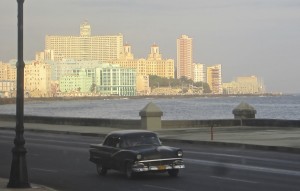
Cuba had been calling to me for a long time. Perhaps it was my memory of being a six-year-old in Miami and going to the beach with my dad to watch giant navy warships glide southward to engage in what became known as the Bay of Pigs, a disatrous attempt to overthrow Castro and his alliance with the USSR. Soon after, my family moved to New York and Cuba became a long way away, except for the Cold War propaganda railing against the evils of communist Cuba. I always suspected there was much more to the story, but with the exception of the incomprehensible embargo, exposure to fabulous Cuban music, and more-recent documentaries on Cuba’s high-quality medical care and education, I still knew next-to-nothing when I recently landed at José Marti International Airport in Havana.
To view “Images of Cuba” – Havana, Viñales and Las Terrazas, click here!

First Impressions
Well-preserved big fender Chevys, Plymouths, Packards cruise the paved stone streets in an almost ghostly parade, images of Che abound, the music of drums and horns seeps from uncovered windows in decrepit buildings, roosters crow, and construction hammers pound in relentless renovation efforts to restore the city to former and future glories. Were it not for the hoards of international tourists and the ubiquitous use of recently legalized cell phones, it would be easy to feel one had entered a 1960’s Twilight Zone.
Contrasts and complexity – a bustling, museum-rich, arts culture vibrant Havana with serious air pollution problems; an island ringed by pristine golden-sand beaches and filled with verdant countryside; hip restaurants and near-empty grocery store shelves; new hope and old despair. It is also a country enshrouded in mystery, especially for most U.S. citizens who know little of the archipelago nation just 90 miles south across the Strait of Florida.
People
Cuban people are renowned for their friendliness, but it’s not so much a smiling open effusiveness – as in Mexico where nearly everyone acknowledges each other with a “Buenos Dias!” – it’s more a willingness to help if you ask, and even if you don’t. For despite genuine concern and kindness, there is a hustle that visitors need to understand.
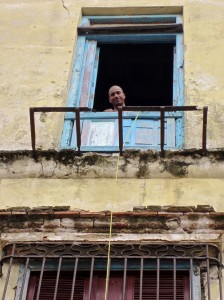
The first question you will be asked by every Cuban you meet is: “Where are you from?” No matter how you respond, it will start a conversation, and that’s the point. From there, your local inquirer will ingratiate himself by sharing his own knowledge of your country – in the case of the U.S., everyone has at least one relation there, usually in Miami. He will show more interest: “How long are you here? Are you staying at a casa? Have you eaten at a palador? Have you seen [fill in the blank]?” With sincerity and charm (and surprisingly good English), he will suggest places, offer to guide you or otherwise advise on all matters related to your enjoyment of Habana – all in the hope of a commission from his recommendations, a free drink or meal, or a tip for his service. It’s hard not to admire this hyper-entreprenurialism, word-of-mouth marketing and savvy networking that businesspeople elsewhere pay big bucks to learn!
With recent loosening of regulations that allow Cubans to register rooms in their home for rent (called a Casas Particulares), their cars as taxis, their kitchen as restaurants (Paladores) or their expertise as one of 200+ categories of businessperson, many Cubans seem like kids in the candy shop of capitalism. Intoxicated by the prospect of access to convertible currency (CUCs), as never before, you’ll meet many a hustler. You will be “taken advantage of’,” in the sense of paying much more than locals. But, as Chris Turner writes in The Walrus, “It’s not just that you’re visibly foreign and rich; you’re a sort of modern vassal, the only readily accessible emissary of a metropole that has never been seen but is generally understood to be bounteous and benevolent.”
This is due in large part to a crazy two currency system that no one seems to know how to get rid of. Upon arrival in Cuba, you exchange Canadian dollars, Euros, Swiss Francs, etc. at the going exchange rate (U.S. dollars are charged an extra 10% premium) for CUCs. Each CUC is roughly worth $1 Canadian. Foreigners are expected to use CUCs for all transactions, and you will not find the cost of most anything particularly “cheap.”
Meanwhile, Cubans receive the equivalent of $25 U.S. in monthly salaries in the local Cuban peso currency (CUPs), each CUP is worth about 1/25th of a CUC. One slice of pizza a day from the popular street stands would exhaust a month’s pay. The “peso stores” in which citizens shop for basic goods have little on the shelves and, as one Cuban friend explained, “Nothing lasts here. The coffee you bought last week and liked, you’ll never find again. The quality of the beer or dried milk varies each time. Forget the laws that change regularly and our monetary system that makes no sense. It’s the basic daily household things that are unpredictable at best and unavailable at worst.”
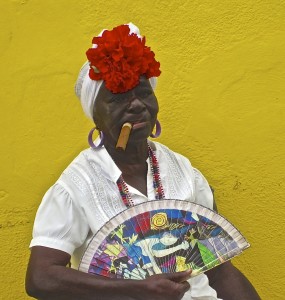
So it’s no surprise that Cubans are trying very hard to accommodate the huge influx of tourists – and the freedom to quickly acquire some CUCs – so as to buy themselves some of the basics we take for granted… before laws might change again for the worse. In my eight days in Cuba, I observed a precarious balance between cooperation and competition in a historic landscape of distrust and suspicion. But economics aside, it’s a magnificent country full of smart, ambitous, genuinely kind and beautiful people. As the Lonely Planet guide to Cuba puts it, “Life in Cuba is anything but easy but, defying all logic it’s perennially colorful and rarely dull.”
Once you understand the realities of life in Cuba, you will no doubt feel like Mr. Turner and myself: “The next time we go to Cuba, we’ll bring much more [to give away], and I’ll remind myself to tip better.” Personally, I can’t wait to return!
In my next posts about Cuba, I’ll write more anecdotes and provide resources should you plan to visit. If you’re not already, please subscribe to this blog, and pass it along to friends. Muchas gracias!
To view “Images of Cuba” – Havana, Viñales and Las Terrazas, click here!
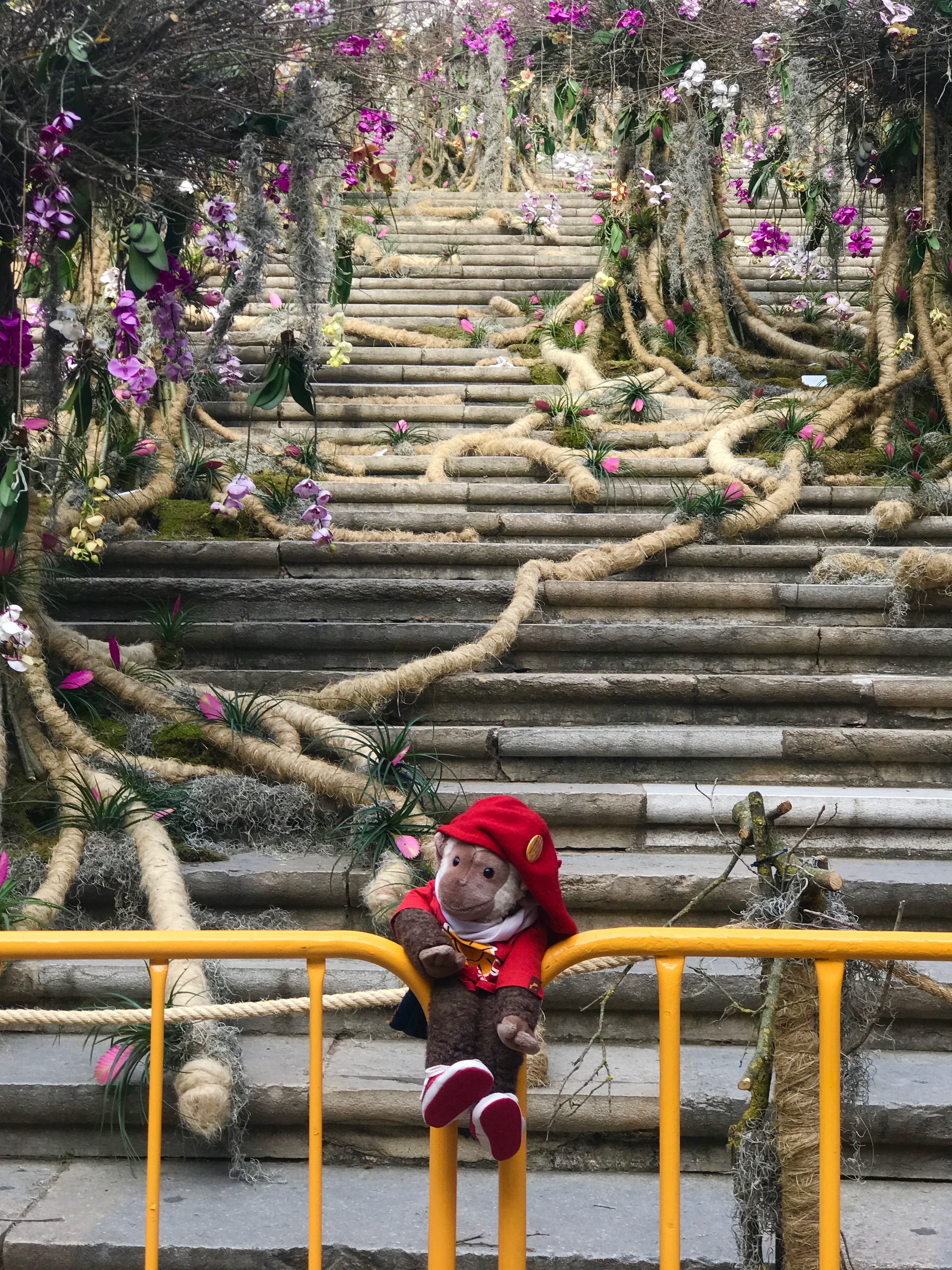
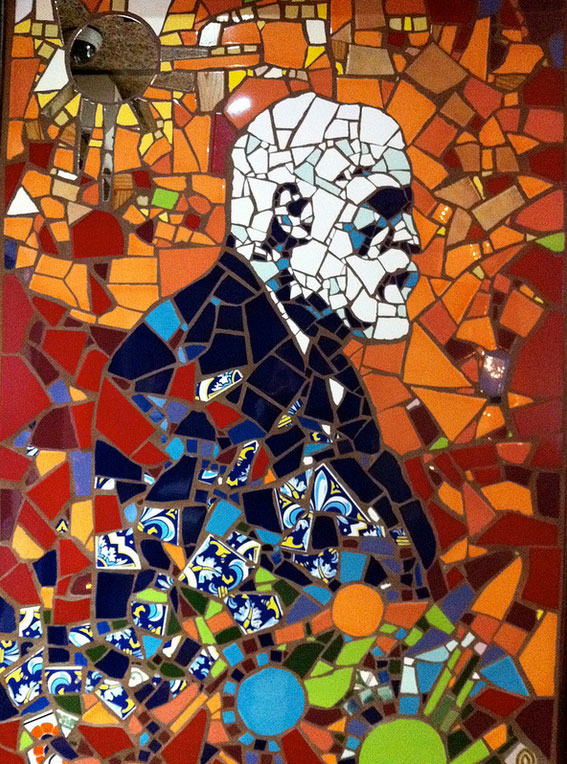
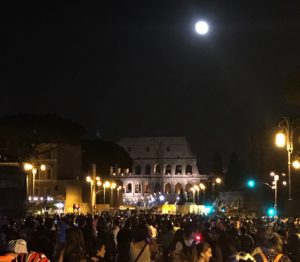

it is refreshing and enlightening to read this. one usually hears, “i loved the trip” or “Cubans are great,” but rarely do travelers share the gritty truth about Cuba and what it is like to visit there. you make me want to go, to give, to enjoy the cubans, to learn survival skills from them, and to finger their crazy currency. thank you.
Judie, thanks (as always) for your insightful comments. Like I wrote, Cuba is complex, as every nation is, and it’s silly to generalize about “people” – since we only meet who we meet and tend to form our opinions about “everyone” from that. Political systems – which are experiments – inform and control us all, and I doubt that anyone growing up in a “democracy” can really understand what it’s been like for the people of Cuba. Certainly it has not been “all bad,” as there is much to be said for providing for the basic needs of the citizenry. True freedom, which we all seem to hold in the ideal, has never existed in the organizations of a society or nation. And yes, the Cuban’s know how to get by and innovate – the “special period” during the 90s, with the collapse of the Soviet Union, was very tough. I look forward to writing more from my notes, and learning more, as I’ve just begun to scratch the surface. Please stay tuned.
So interesting, Aysha, and the photos are wonderful, too. How are things for a photographer? Do people (like Leta) expect to be tipped for photos? I look forward to your “resources” in future posts. Do US citizens still have to travel there with a “cultural group”? Or fly through Mexico? Or have restrictions loosened for travel for US citizens? xxxxxxx
Hi Jann! Coming from you and your amazing photos (friends, check out BaroqueSicily for truly great photography!), I am honored by your comment. Most people on Havana are not, like Leta, posing for photos as their “job” (yes, I tipped her), but I often asked and was granted permission to take photos of regular folks. U.S. citizens flying from the states do still need to go with a bona fide group, which tend to be quite expensive. However, if as a US citizen you fly from Canada, Mexico or elsewhere (there are a lot of flight to/from Europe as well), you can go independently as long as you qualify under the Treasury Department’s rules. These include a “special license” for “professionals” going to Cuba for research, meetings, events, etc. There is no application or paperwork involved. I will post that link in the resources post. Thanks for asking. BTW, President Obama loosened restrictions for Cuban-Americans who can now fly on charters direct from the U.S. to Cuba.
Found this very interesting and shared it on the Writers Who Love Mexico Facebook page. We are looking forward to hearing more about a part of the world we get only get glimpses of. I found the discussion of the currency intriguing.
Thanks, Susan for sharing my post. Yes, the two-currency system is baffling and I’ve even read that economists in Cuba would like to get rid of it but don’t know how. It’s created not so much a black market as what’s referred to as a “gray market.” Anyway, things are changing rapidly there.
Thank you Aysha for sharing your moments in CUBA…your words helped me to taste this amazing culture…..I look forward to going some day. Please show us more of your wonderful photos from your trip! Gracias…Karen
Interesting article about Cuba, thanks Aysha. I forwarded to some friends who lived there as children in the fifties and being Americans had to leave quickly when Castro came into power. Sounds like a fascinating place to visit.
Very interesting, Aysha! Thanks for sharing your experience. It sounds very real and insightful… you were looking at the souls, not just the exterior. Que linda! Espero mas!
I’ve never been but I have always wanted to go to Cuba. The culture is just so rich and interesting. I am glad for you to have answered Cuba’s call, Aysha. Thank you so much for sharing your experiences.
When I read your posts, I marvel at how you are always able to be heartful and informative, objective and subjective…and all at the same time. This is a very useful article about the reality of traveling to Cuba–the good, the bad, the pollution. thank you!
Pingback: A Writers’ Journey To Cuba